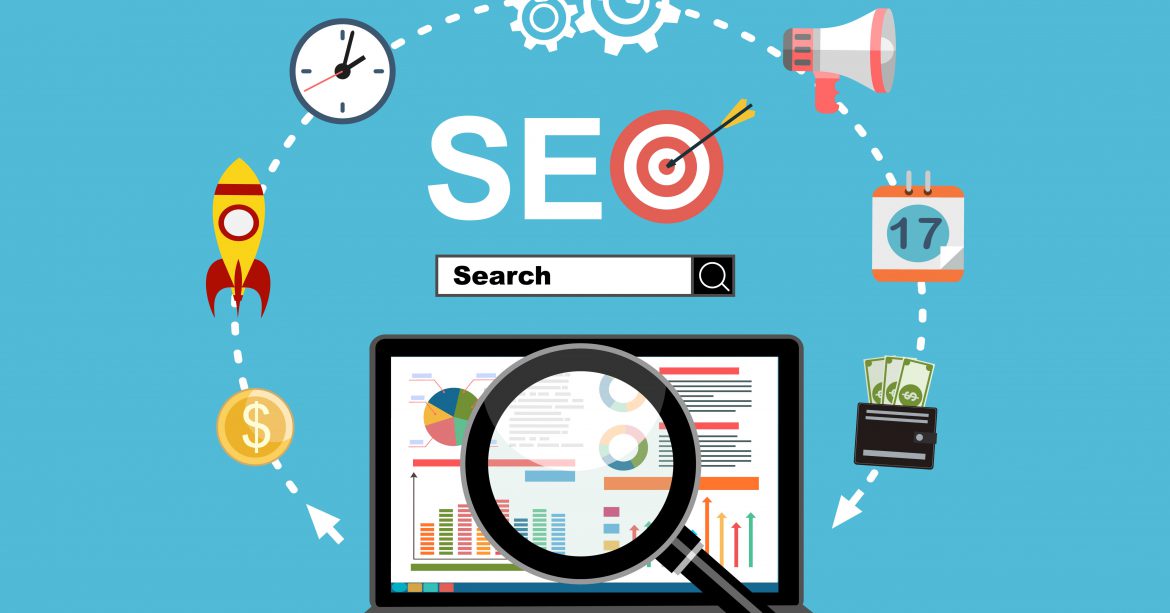Robotic Marketer Blog Posts from September 2021
What is Marketing Planning Software and How Can it Help Your Business?
Technology has enabled marketing to become increasingly automated. Technology once only reserved for big, capital-intensive companies, has now become more accessible for small to medium businesses. In particular, marketing planning software is an example of one of these technologies which is ...
Is the Role of the Traditional Marketer Dead?
Marketing has seen a significant shift over the years – from the types of mediums used, to the intricacies of content developed. Advancements in technological automation and the rise of marketing artificial intelligence have raised several questions about the future of marketing and the ...
The Power Of SEO
There is no doubt that the world we live in today is staggeringly different from the world that businesses were operating in 20 years ago. Technology has taken over many aspects of people’s day-to-day lives, with mobile phones, laptops, and televisions becoming a major influence. The ...
A Guide To Data-Driven Marketing Strategies
What is data-driven marketing? Data-driven marketing is a strategy that focuses on the approach of optimizing brand communications based on customer information. This looks at how consumer behavior has changed over the recent years with the help of technology, allowing consumer data to be ...
7 Reasons Why Marketing Strategies Fail
There are a number of reasons why a marketing strategy fails. Discover what they are to avoid making costly mistakes and secure the success of your business.
Why Marketing Strategy Is Fundamental To Marketing Success
What is a marketing strategy? A marketing strategy is essentially a framework that outlines your company’s long-term direction and marketing objectives – typically leading to an ultimate gain in consumer conversions. It is a comprehensive plan that breaks down the whole process of the ...
Your Strategic SEO Checklist to Building a High Traffic Website
Everyone wants a website that sees a lot of traffic, high engagement and a high conversion rate. Unfortunately, with over 1.86 billion websites online, creating a highly engaging, competitive website that generates a lot of traffic is easier said than done. Fortunately for marketers, there are ...












